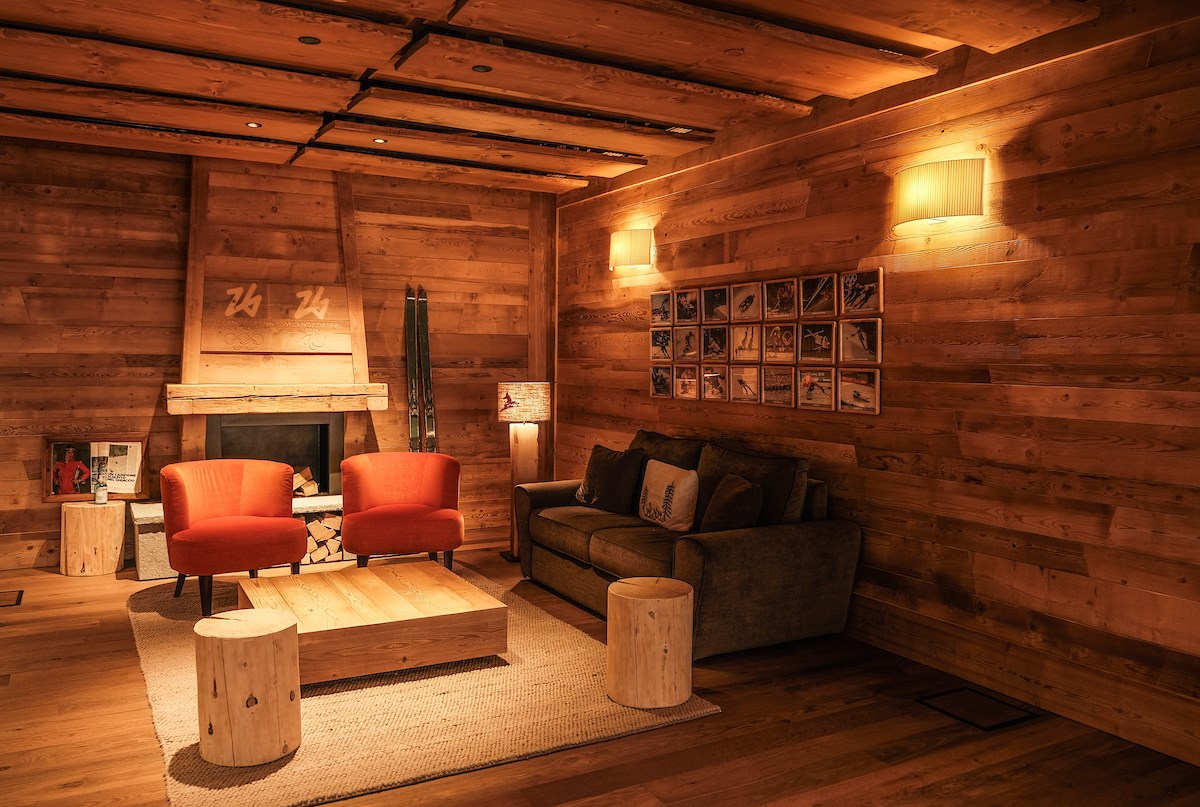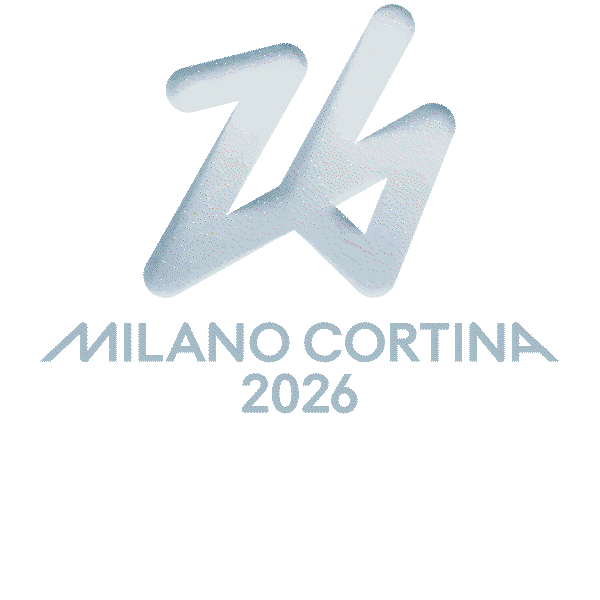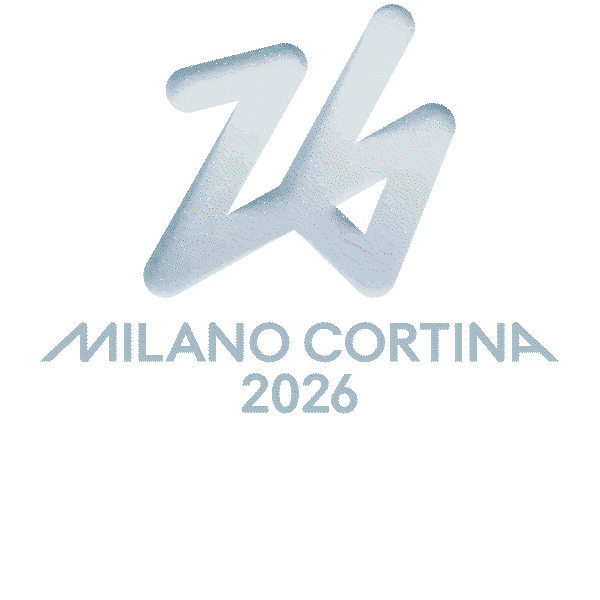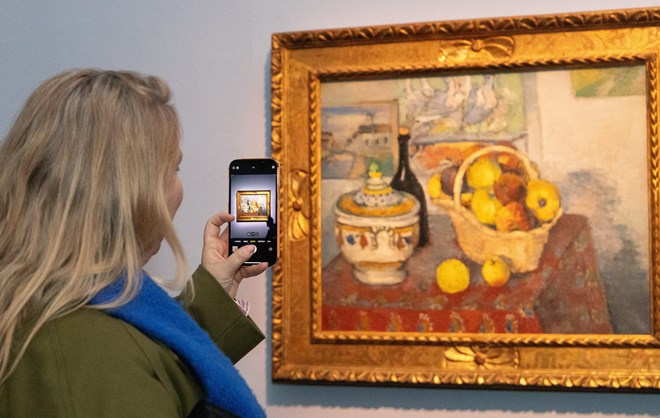Related articles
At Milano Design Week, we review some instances when Made in Italy design was a leading player in the Games.
In Milan it's time for Design Week, the week dedicated to events, exhibitions, installations that give the opportunity to discover the best talents of contemporary design and new furnishing trends. The Games have always been an extraordinary stage for our design as evidenced by medals, torches and more. And the Milano Cortina 2026 headquarters is also a model of sustainable design.
Pininfarina and the Torch of Turin 2006
Officially presented on 20 January 2005 at Palazzo Marino, the Torch of the Turin 2006 Winter Olympic Games bears the signature of Pininfarina, a leading Italian company in the design sector. The concept behind the design is a modern reinterpretation of the traditional wooden torch in which the metal catches fire and burns. The flame envelops the body of the torch rather than coming out of a hole at the top, as happened in previous editions. To develop this concept, a dynamic and innovative shape was created. The shape recalls the tip of the ski and the symbolic monument of Turin: the Mole Antonelliana.
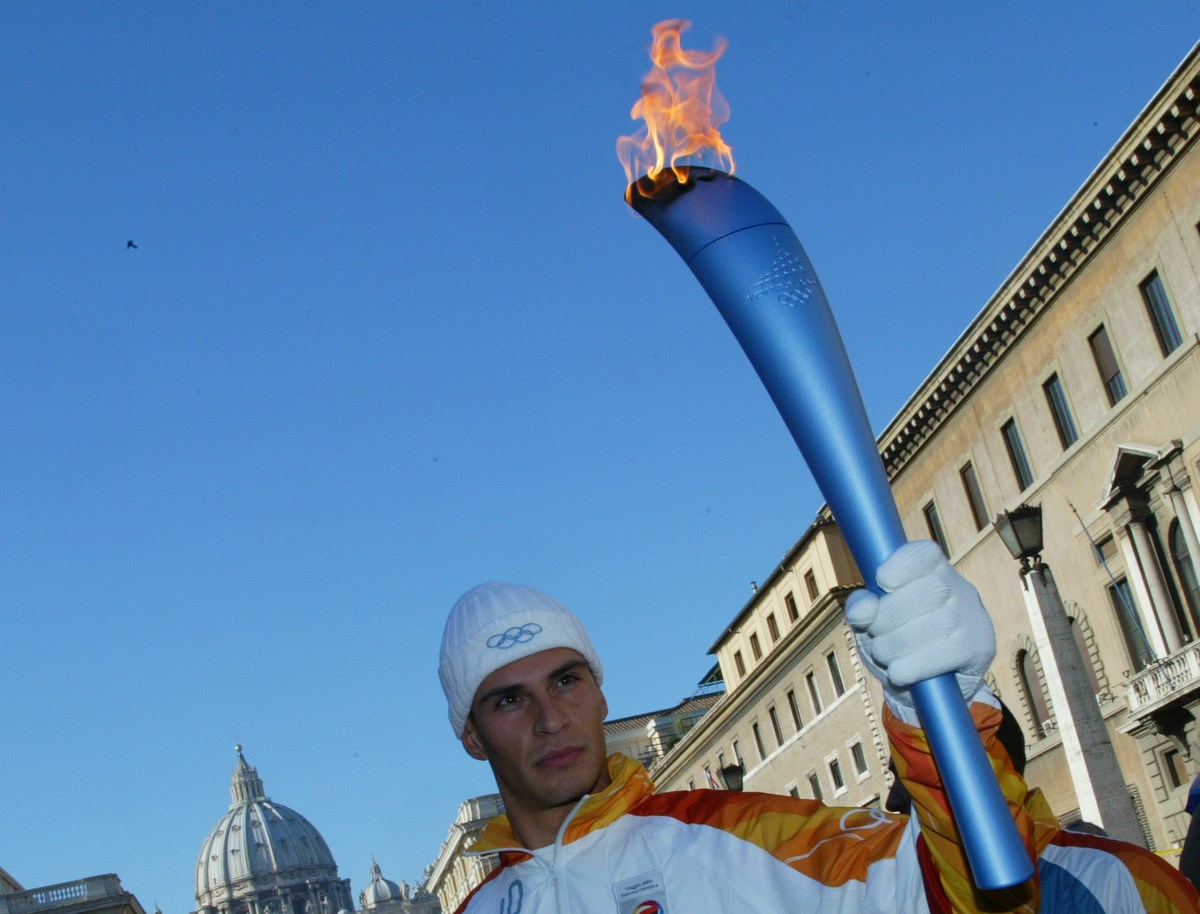
The medals of Cortina 1956
Iconic, now in the history of the Winter Olympics, the medals of Cortina d'Ampezzo 1956 were designed by the sculptor Costantino Affer. On one side, the stylised head of a woman, wearing the five circles as a crown. The Olympic torch appears in the background with the inscription "VII OLYMPIC WINTER GAMES" around the outside of the scene. On the opposite side, Mount Pomagagnon, one of the main symbols of the Games, with an ice crystal on top. Around this image, the Olympic motto: "CITIUS ALTIUS FORTIUS - CORTINA 1956".
The medals of Turin 2006
Returning to the most recent Italian Olympic and Paralympic Games, the medals were developed by Ottaviani International and the TOROC graphics team, led by Dario Quatrini. The medals are round with an empty space in the centre, representing the typical Italian square. They are wrapped in ribbon which, unlike other Games, is not sewn at the top. The design of the medal incorporates the views, ideas and models of Italian history and its tradition regarding shapes and manufacturing: rings, ancient coins and ornaments. On one side, the graphic element of the Games, on the other the pictograms of the various sports disciplines in which the medal is won. To highlight the three-dimensional characteristics of the medal, the surface is carefully produced to use full and empty spaces, with a glossy and satin texture.
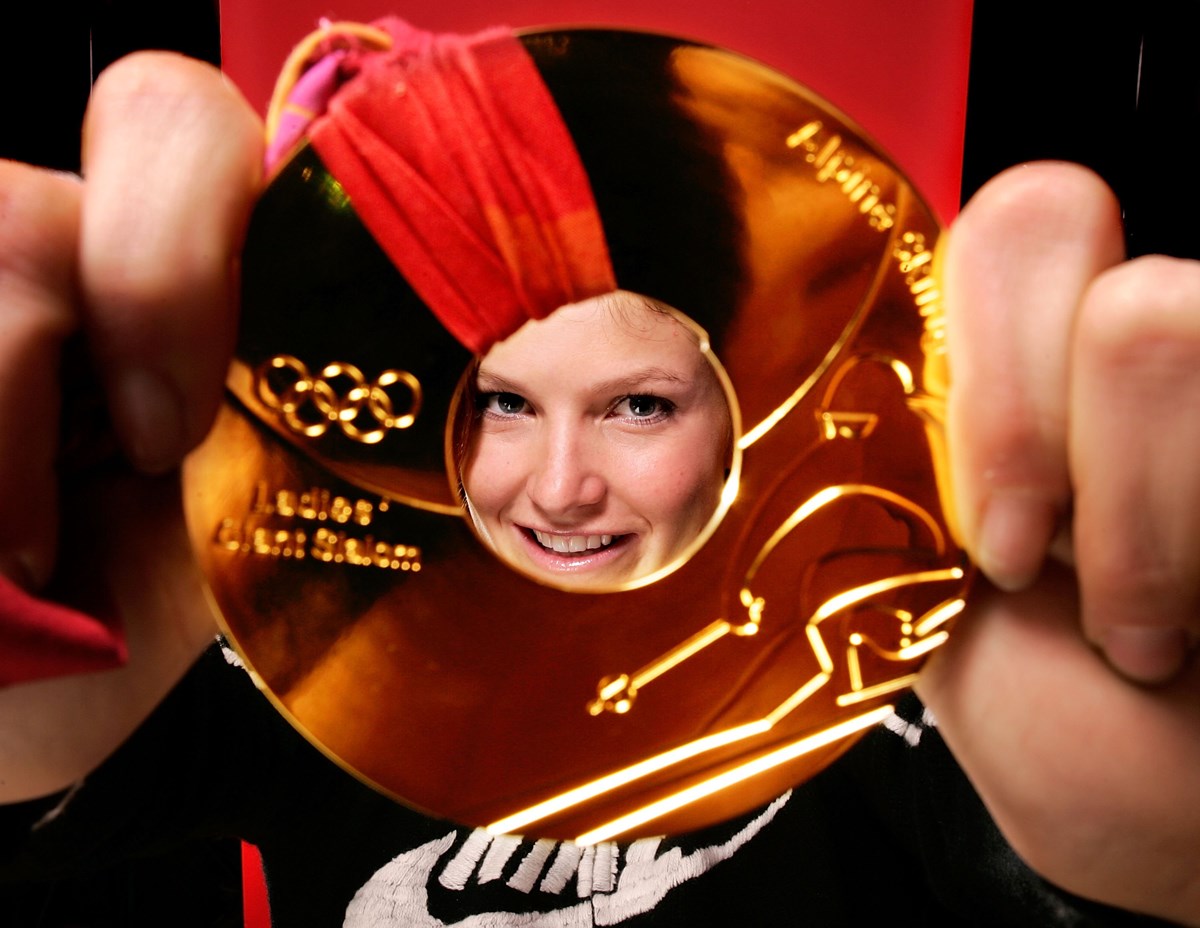
The medals of Rome 1960
Exceptionally, for the Rome Games the two sides of the medals were reversed: the Olympic champion carried in triumph on the front, the traditional goddess of victory with palm and crown behind. A design used by the 1928 Games in Amsterdam, created by the Florentine artist Giuseppe Cassioli and chosen in a competition organised by the International Olympic Committee. For these Games, the image of victory is accompanied by the specific engraving: "GIOCHI DELLA XVII OLIMPIADE ROMA MCMLX".
The Milano Cortina 2026 mountain cabin
The design of the Milano Cortina 2026 torch and medals is still top secret, but the next edition of the Olympic and Paralympic Winter Games has already shown its desire to enhance the design as a distinctive sign of Italian excellence. In fact, at the headquarters of the Fondazione Milano Cortina 2026, Milan meets Cortina in the name of (sustainable) design. On the 44th floor of the very modern Allianz Tower, designed by the Japanese architect Arata Isozaki, there is a real mountain cabin. The space was created using wood recovered from the 2018 Vaia storm. A project that aims to underline the commitment to sustainability of Milano Cortina 2026, without ever forgetting the Italian style of design.
